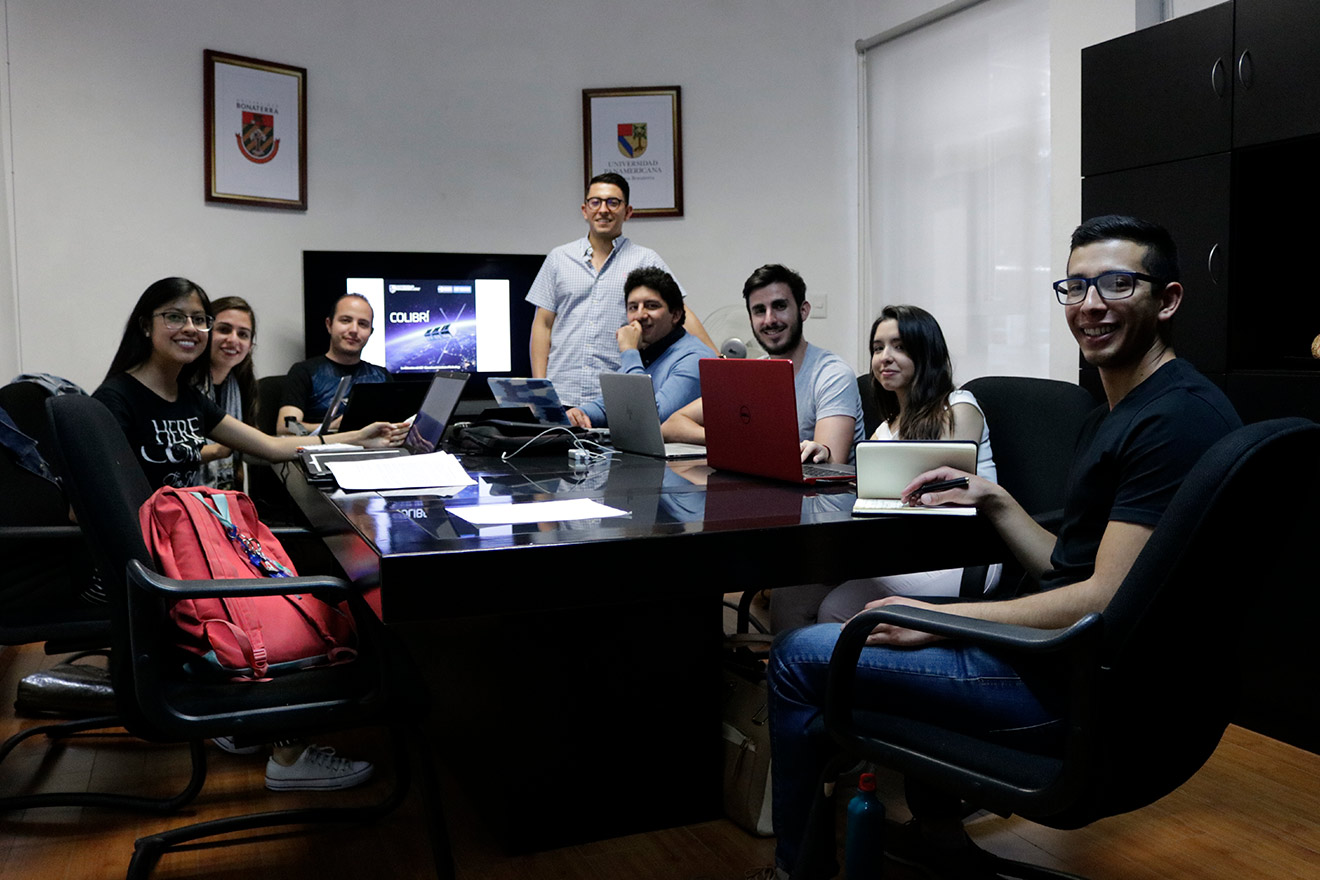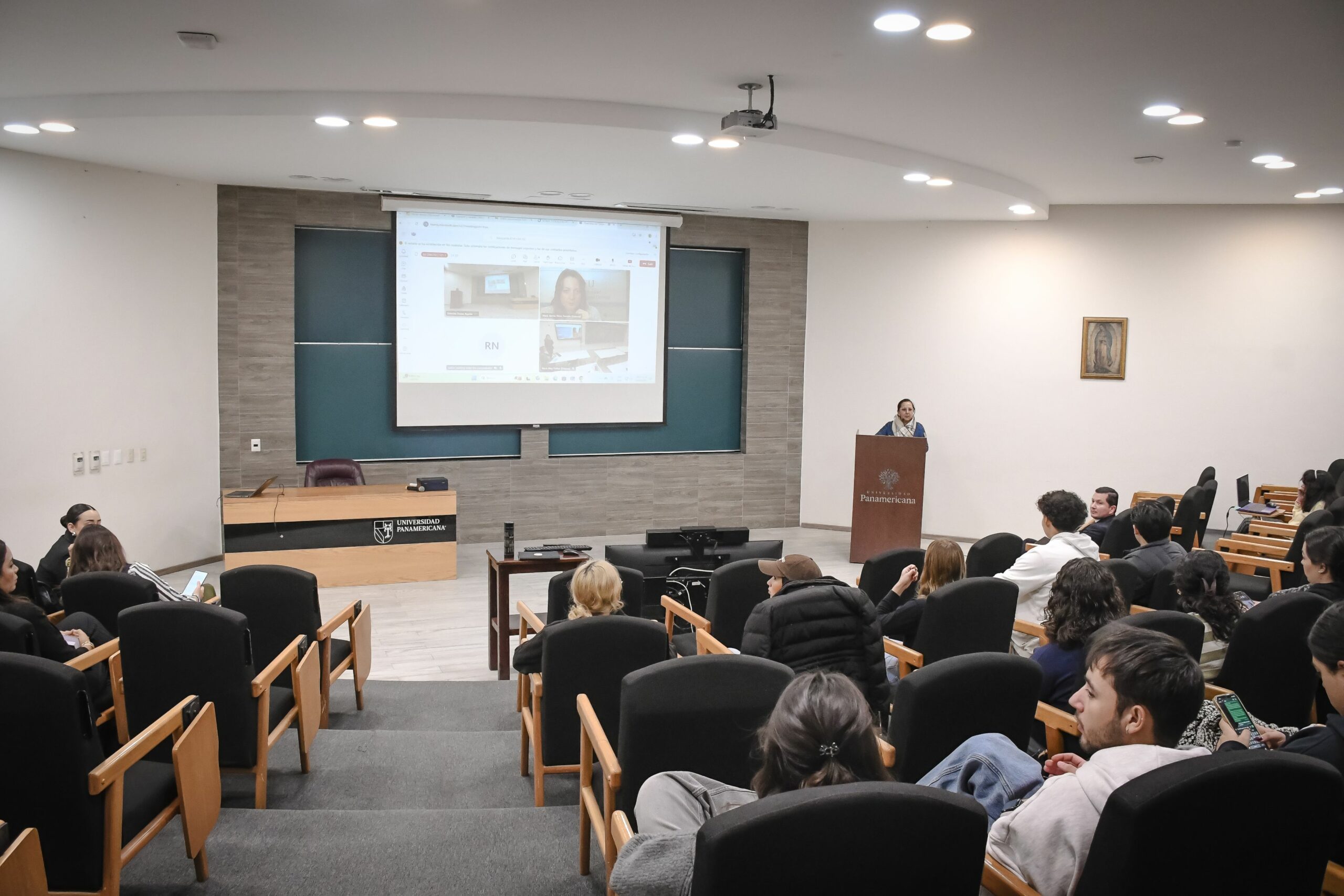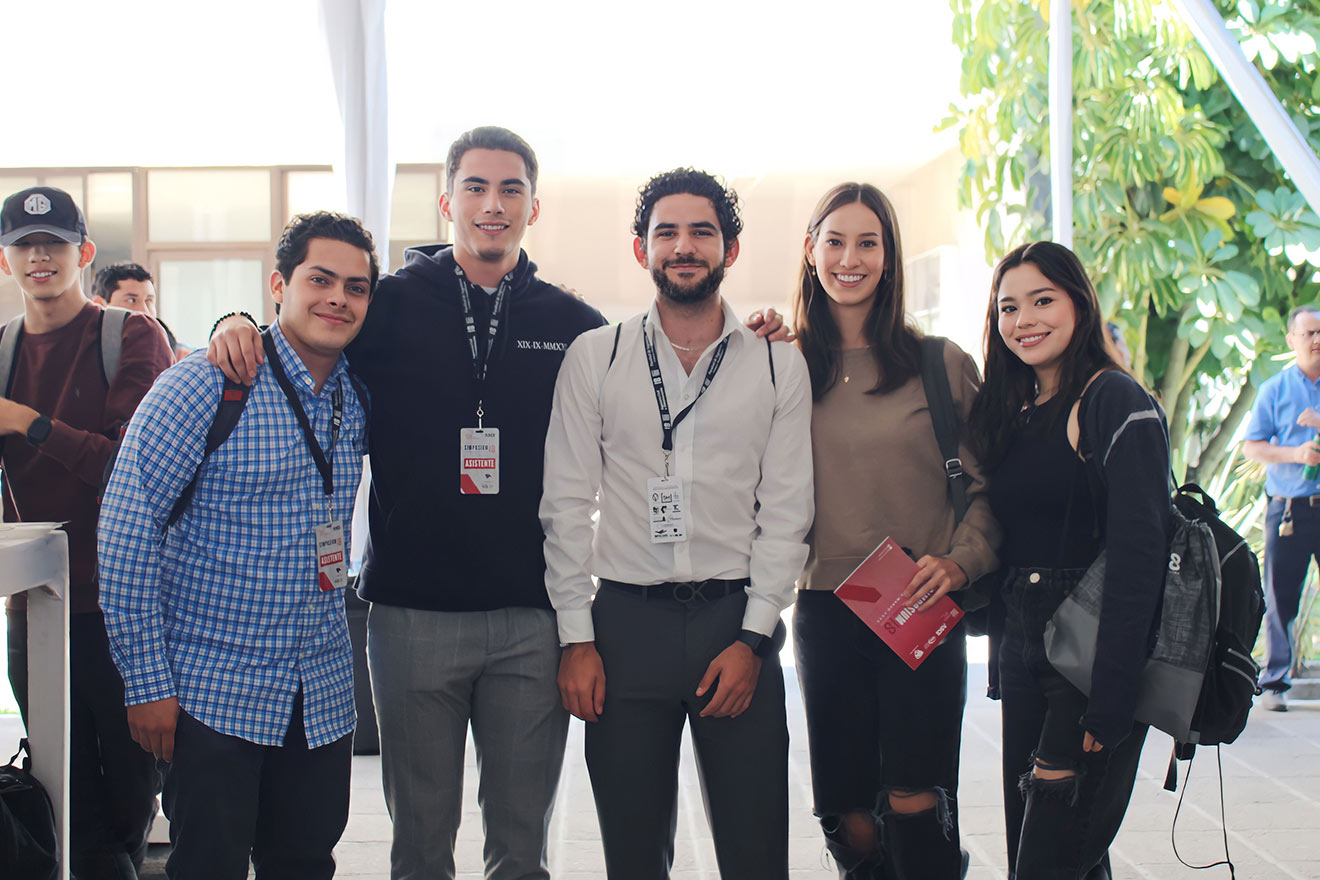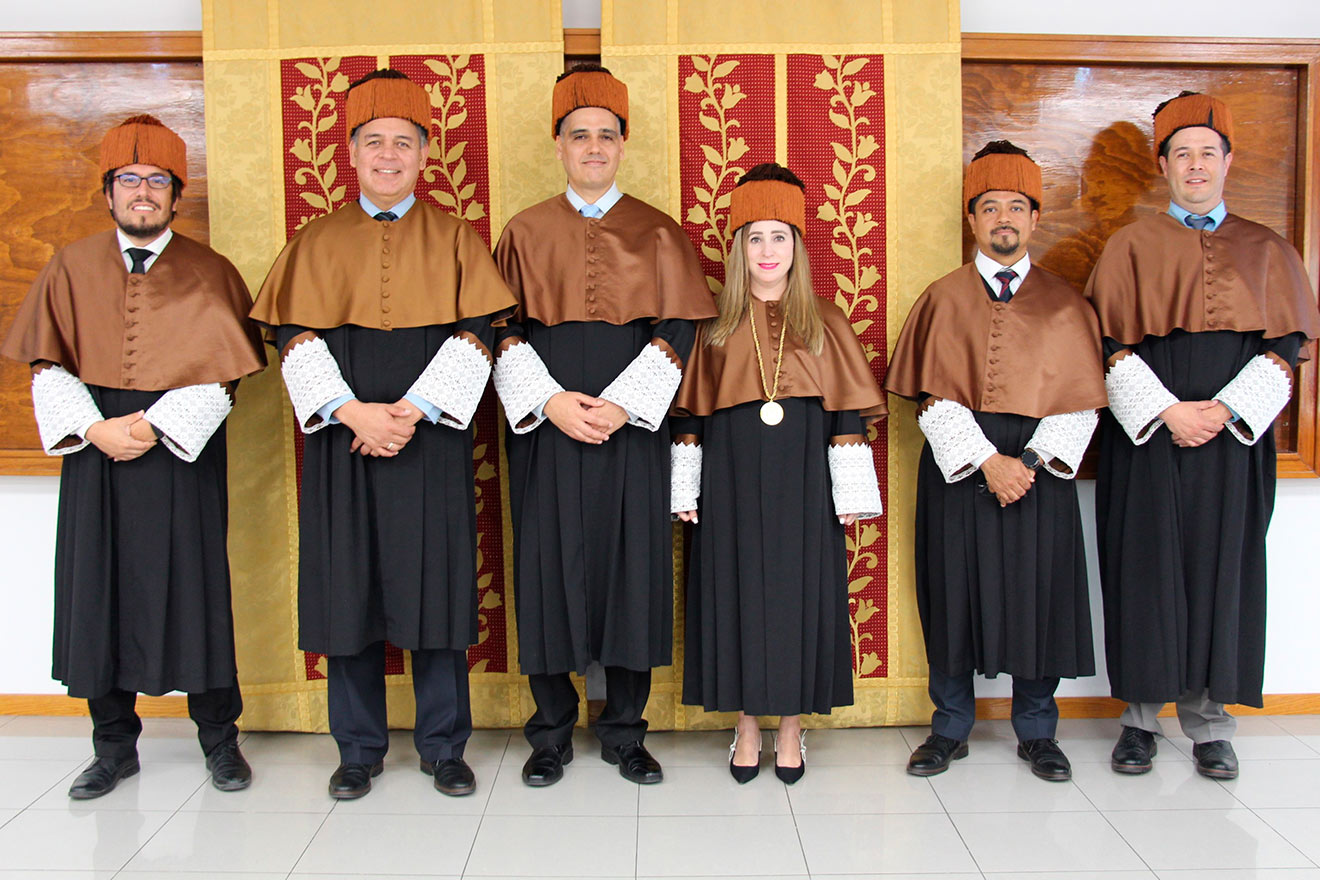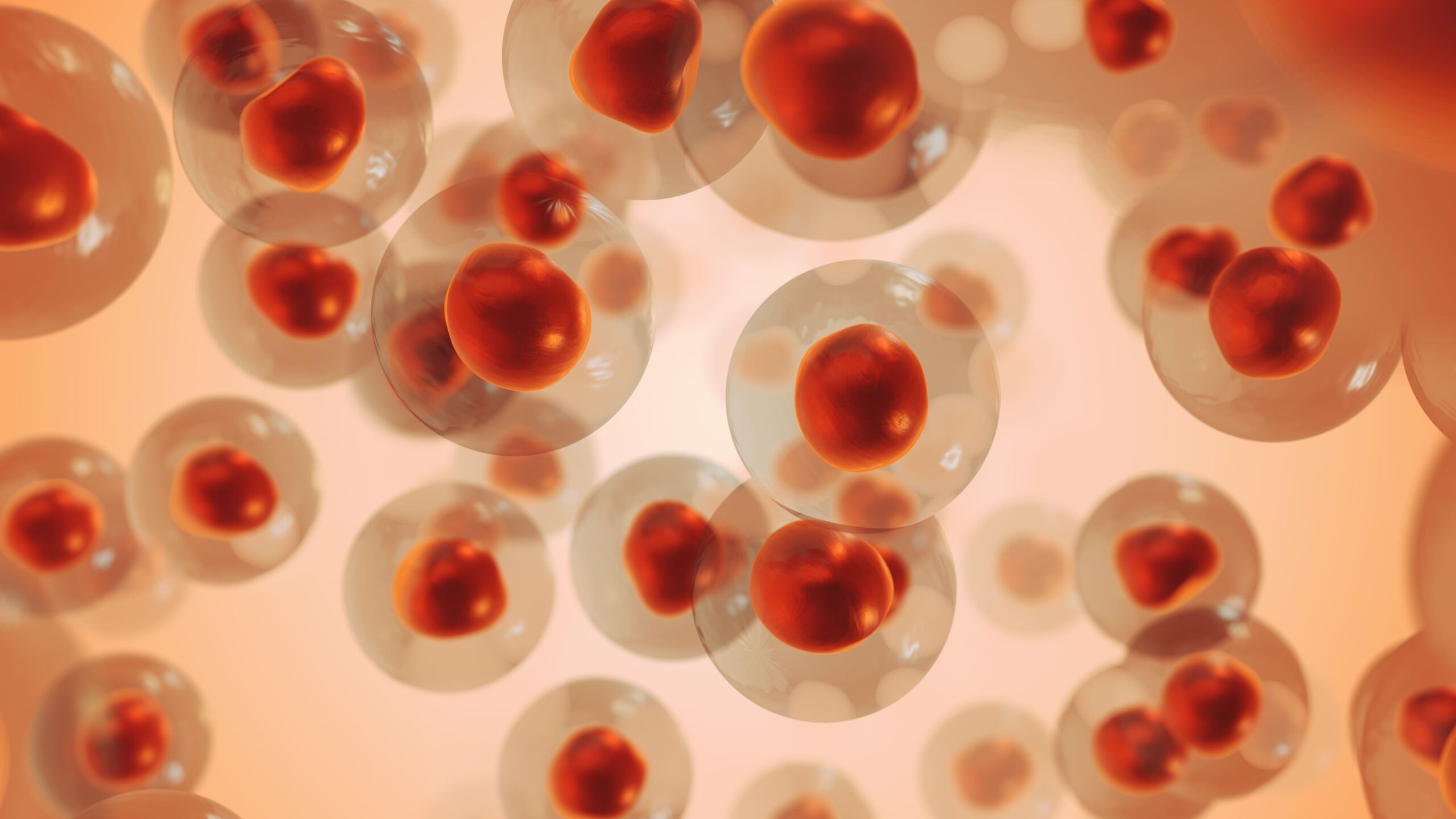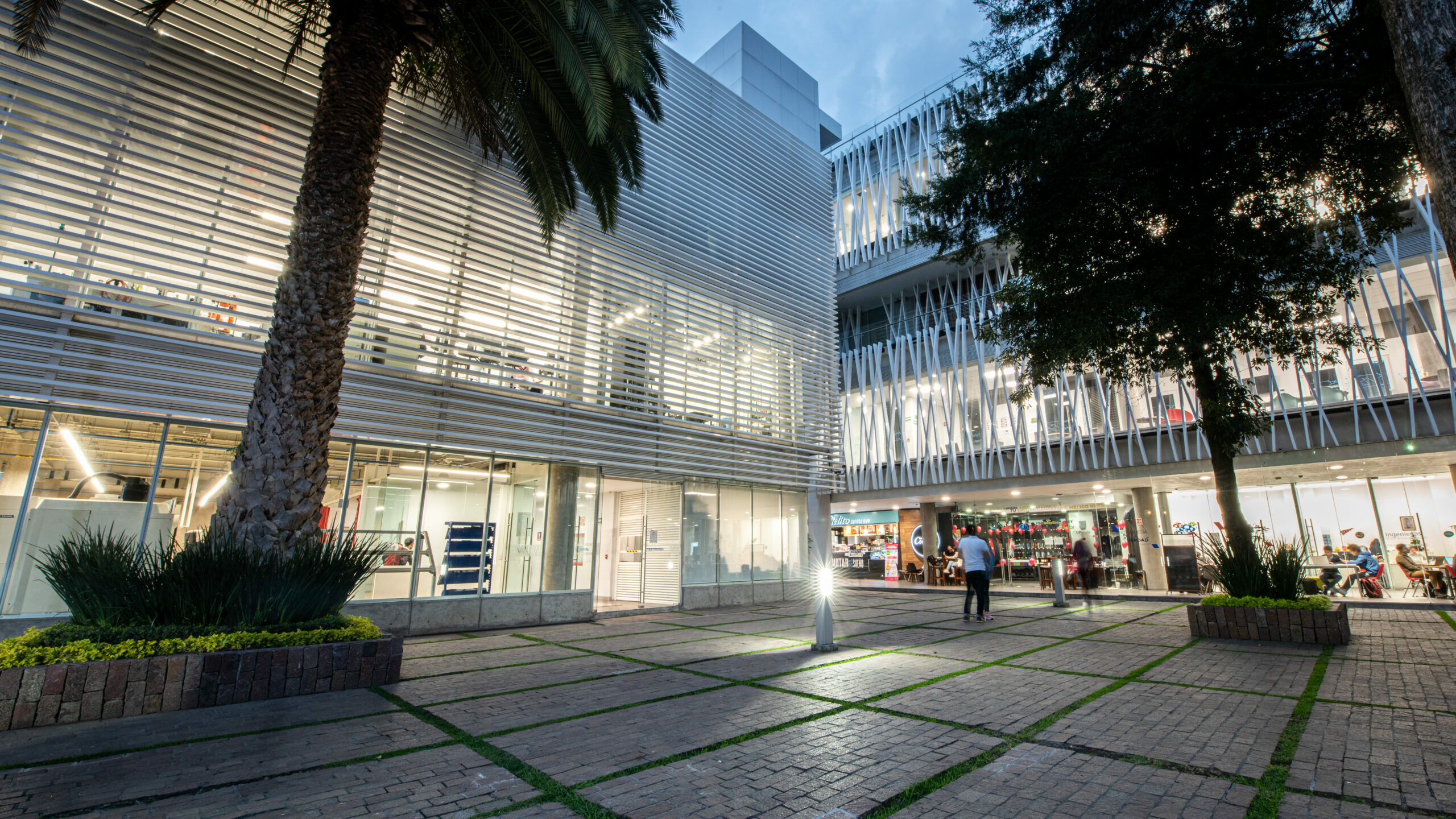Misión Colibrí is the Universidad Panamericana’s Space Laboratory, developed together with MIT’s Space Propulsion Lab. Within it, a team of more than 75 students from different Panamericana undergraduate programs have come together to design and construct two space missions, called Pakal and Constelación AztechSat.
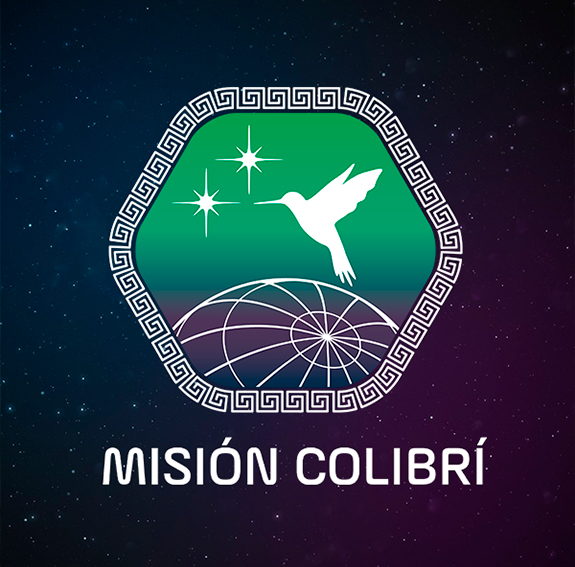
Pakal is a miniaturized CubeSat satellite, also known as a 3-unit CubeSat nanosatellite, which has the important mission of measuring atmospheric density changes in low Earth orbit to innovate tracking and navigation sciences while seeking to help space debris mitigation efforts by testing innovative space technology designed by undergraduate students at Universidad Panamericana.
But why is it important to mitigate space debris and why is measuring atmospheric density important? We understand space debris as any man-made object left by man in space that has no current function. This debris can be a gram of paint, a screw, or a satellite that is no longer in use.
The mere existence of space debris is dangerous, as it jeopardizes the success of operational missions or new missions, the lives of astronauts, and even the way we live today.
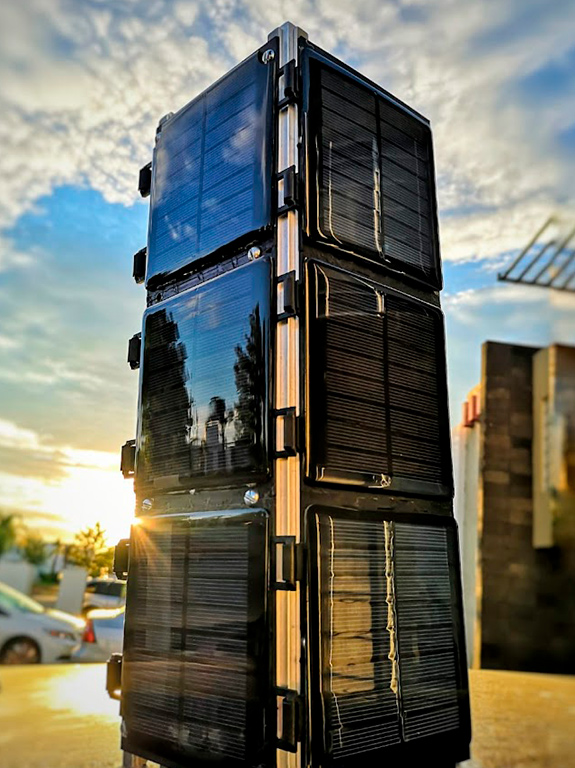
To put things in perspective, an object in low Earth orbit travels at a speed of 32,400 km/h or 9 km/s. Can you imagine a simple screw impacting a functional telecommunications satellite or an astronaut at that speed? The result would be catastrophic, generating more debris or causing a fatal accident.
Space debris puts our telecommunications at risk in the case of collision since satellite technology is the basis of many other important technologies we use today, including GPS, Google Maps or Waze, the Internet, telephone calls, or the observation of the planet to prevent catastrophes produced by atmospheric phenomena (hurricanes, fires, tornadoes, etc.).
To further understand the problem, the ESA (European Space Agency) estimates that there are just over 9,000 tons of debris currently orbiting our planet. Space debris is an issue we need to pay close attention to.
The importance of Pakal
Pakal seeks to precisely measure changes in atmospheric density, one of the most important pieces of data for more accurately tracking and mapping objects like space debris, making more accurate weather forecasts, and studying and preventing atmospheric phenomena, among other things. The scientific impact is enormous.
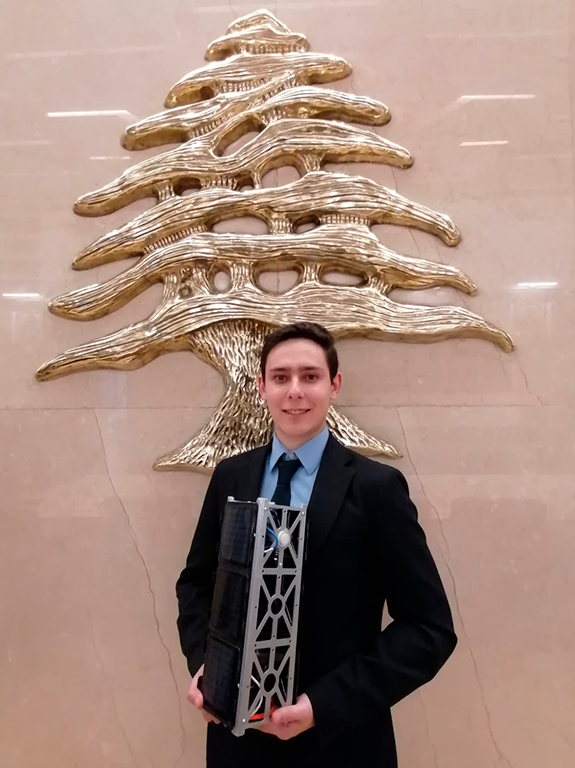
In addition, the project also has a very important educational impact, as it promotes quality STEM (Science, Technology, Engineering, and Mathematics) education that complements participating students’ university careers through the development of scientific publications and articles. These are disseminated in national and international scientific congresses, for example, the IAC (International Astronautical Congress).
This work has also helped to promote the participation of women in STEM activities, since 48% of the team members are women.
By the time this nanosatellite is launched, more than 100 students will have graduated with the experience of having built a space system or having helped to put it into orbit; indeed, Pakal is about more than just building the nanosatellite, and also involves developing patents and intellectual property throughout its life cycle, to mention just a few of the interdisciplinary team members’ functions.
Undoubtedly, Pakal is on a mission to strengthen Mexico’s space industry and is only the first of several scientific, educational, or commercial projects to be carried out at Universidad Panamericana’s Space Laboratory. It is a small step in space exploration, but a great leap in technological innovation both in Mexico and Latin America.
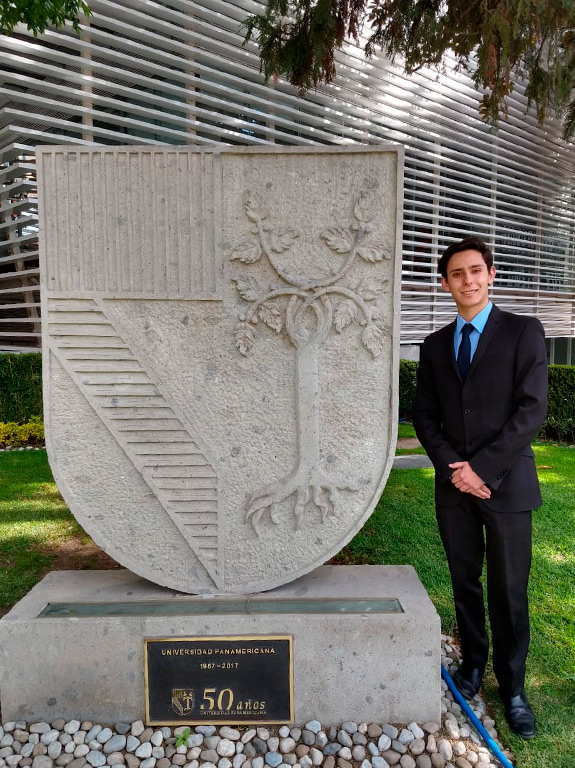
About the author:
Eduardo López Taymani Vieyra, Misión Colibrí Project Manager
Would you like to help Pakal or be part of Misión Colibrí? Contact Eduardo at 0225690@up.edu.mx

